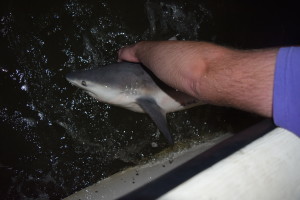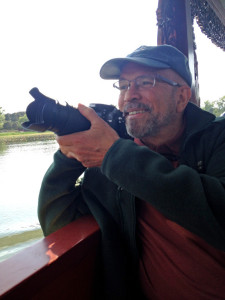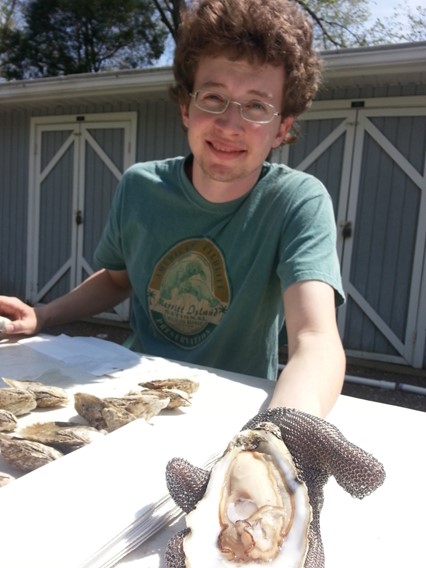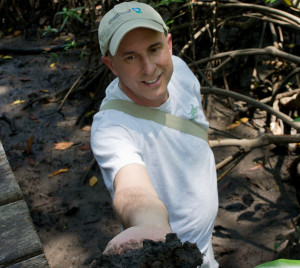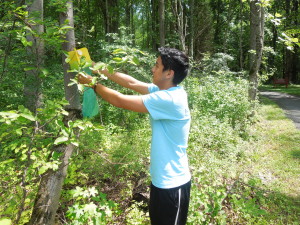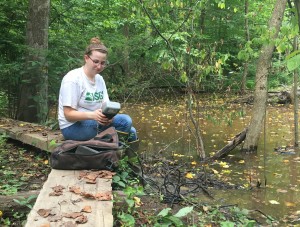by Kristen Minogue
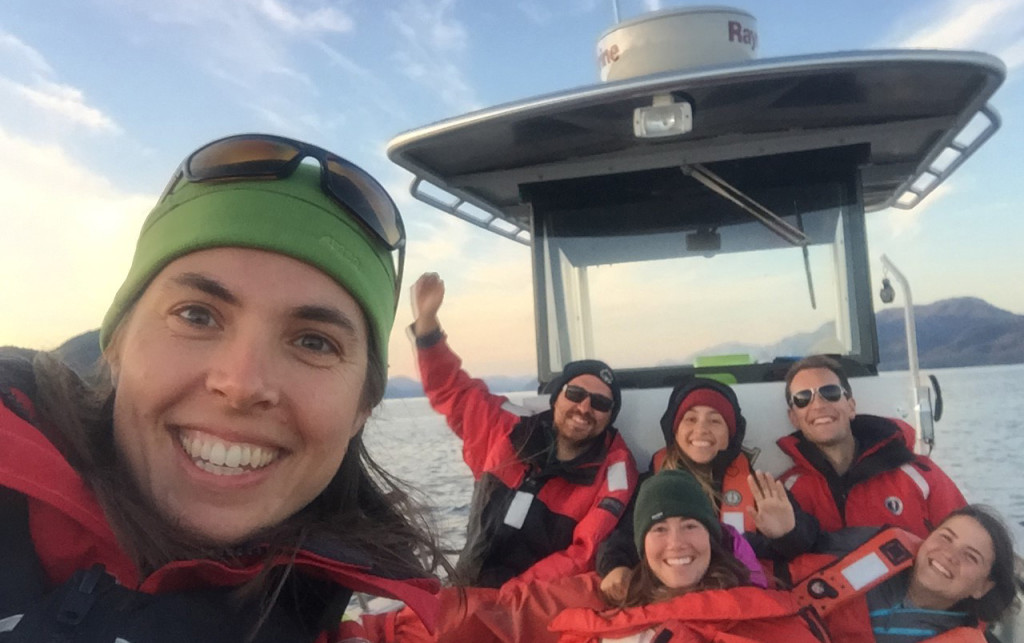
Margot Hessing-Lewis and the Nearshore Tech Team of the Hakai Institute, British Columbia, one of the newest MarineGEO sites on the Pacific. (Photo: Margot Hessing-Lewis, Hakai Insititute)
Imagine gazing into the ocean off Maryland knowing what life is under the waves, what’s driving the food web, and how healthy the water is. Then, imagine being able to discover the same thing for another coast halfway around the world. That vision—of a network vast enough to take the pulse of coastal waters worldwide—began becoming a reality at the Smithsonian in 2012. It’s called the Marine Global Earth Observatory, or MarineGEO.
Back in 2012, it had only four sites, known as the “Tennenbaum Marine Observatories Network” after Michael and Suzanne Tennenbaum, whose donation jumpstarted the network. Those original four were all on the Atlantic: The Smithsonian Environmental Research Center (SERC) in Chesapeake Bay, the Smithsonian Marine Station in Florida, Carrie Bow Cay in Belize, and the Smithsonian Tropical Research Institute in Panama. Today, MarineGEO has nine sites, with three on the Pacific and memoranda of understanding for sites at Texas A&M University and the University of Hong Kong. And there is one more Pacific site still to come.
“The MarineGEO aspiration has always been to extend around the world … The ocean is connected everywhere,” said Emmett Duffy, MarineGEO’s director based out of SERC. Click to continue »


